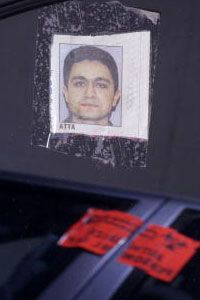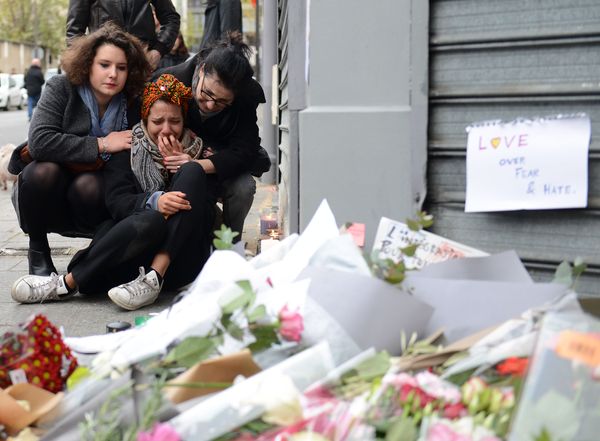The events of Sept. 11, 2001, left America and much of the world wondering: Who could have been responsible for the devastating terrorist attacks that left nearly 3,000 people dead?
On that fateful day, 19 hijackers took over four commercial airplanes in flight, piloting two into New York City's World Trade Center towers, one into the Pentagon, and one into an abandoned strip mine in Pennsylvania, the latter failing to reach its intended target. Three of the flights carried five hijackers each, while a fourth flight (the one that crashed in Pennsylvania) carried only four hijackers. In this article, we'll focus on the pilots of the hijacked planes, three of whom stemmed from a group that originally consorted in Hamburg, Germany. The other hijackers were less prominent, and their presence was meant to subdue the passengers and crew.
Advertisement
Terry McDermott, the author of "Perfect Soldiers," which explores the paths of these central hijackers, believes that they were surprisingly unremarkable men. Mohamed Atta, the leader of the hijackers, did not come from an especially religious family, but led a sheltered life in Egypt until moving to Germany.
In contrast to the serious Atta, Marwan al-Shehhi, from the United Arab Emirates, was more laid back, though he grew up with a stricter Islamic upbringing, and often sang and laughed about the joy of being a martyr. Al-Shehhi soon became Atta's shadow after they met, and the two took flight lessons together. Al-Shehhi would eventually follow Atta to death, piloting a plane into the South Tower of the World Trade Center shortly after Atta flew his into the North Tower.
The pilot of Flight 93, which crashed in Pennsylvania, was a Lebanese named Ziad Jarrah. Jarrah was apparently the most jovial of the group. After taking flight lessons in the United States in preparation for his mission, he returned to Germany to see his girlfriend. While there, he reportedly almost changed his mind about going through with the plan.
The man who allegedly convinced Jarrah to go through with it was Ramzi bin al-Shibh, another member of the original Hamburg cell, who, had he been approved for a visa, would have become the fourth pilot. Instead, that job went to a Saudi named Hani Hanjour, who was already a licensed pilot in the United States. Hanjour joined Al Qaeda after failing to get a job, eventually flying Flight 77 into the Pentagon.
Advertisement


